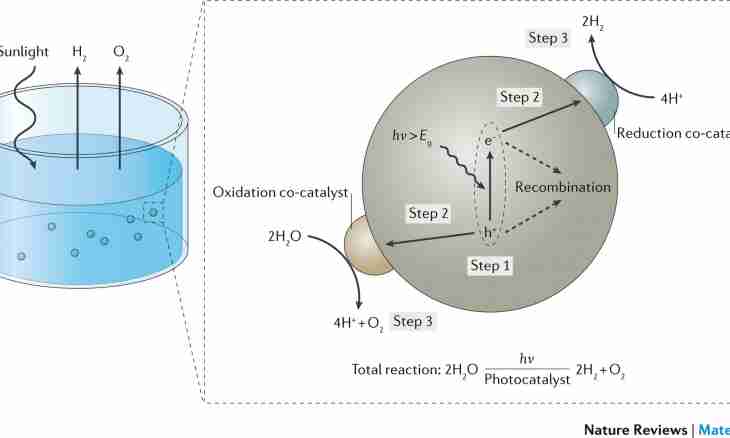Hydrogen (from Latin "Hydrogenium" - "generating water") – the first element of the table of Mendeleyev. It is widespread, exists in the form of three isotopes – protium, a deuterium and tritium. Hydrogen represents itself light colourless gas (14.5 times easier than air). In mix with air and oxygen it is very explosive. It is used in the chemical, food industry and also as rocket fuel. Researches whenever possible of use of hydrogen as fuel for automobile engines are conducted. Hydrogen density (as well as any other gas) can be determined in different ways.
Instruction
1. First, proceeding from universal determination of density – amount of substance in unit of volume. In case clean hydrogen is in a tight vessel, density of gas is determined elementary, by a formula (M1 – M2) / V where M1 – vessel lump with gas, M2 – the mass of an empty vessel, and V – the internal volume of a vessel.
2. If it is required to determine hydrogen density, having such basic data as its temperature and pressure, universal ideal gas law, or Mendeleyev's equation – Klapeyrona comes to the rescue here: PV = (mRT)/M.P – pressure gazav – it objemr – universal gas postoyannait – gas temperature in degrees to Kelvins – molar weight gazam – the actual mass of gas.
3. Such mathematical model of gas in which the potential energy of interaction of molecules in comparison with their kinetic energy can be neglected is considered ideal gas. In model of ideal gas between molecules forces of an attraction or pushing away, and impact of particles with other particles or walls of a vessel do not work, are absolutely elastic.
4. Certainly, neither hydrogen, nor other gas is ideal, but this model allows to carry out calculations with rather high precision under the conditions close to the atmospheric pressure and room temperature. For example, the task is given: to find hydrogen density with a pressure of 6 atmospheres and temperature of 20 degrees Celsius.
5. At first transfer all initial sizes to the SI system (6 atmospheres = 607950 Pas, 20 degrees of Ts=293 of degree J). Then write Mendeleyev-Klapeyrona's equation of PV = (mRT)/M. Transform it in a look: P = (mRT)/MV. As m/V is density (relation of mass of substance to its volume), receive: = PM/RT, and all necessary data for the decision we have hydrogen density. You znayet the size of pressure (607950), temperature (293), a universal gas constant (8.31), the molar mass of hydrogen (0.002).
6. Having substituted these data in a formula, you receive: hydrogen density under the set conditions of pressure and temperature is equal to 0.499 kg / cubic meter, or about 0.5.

